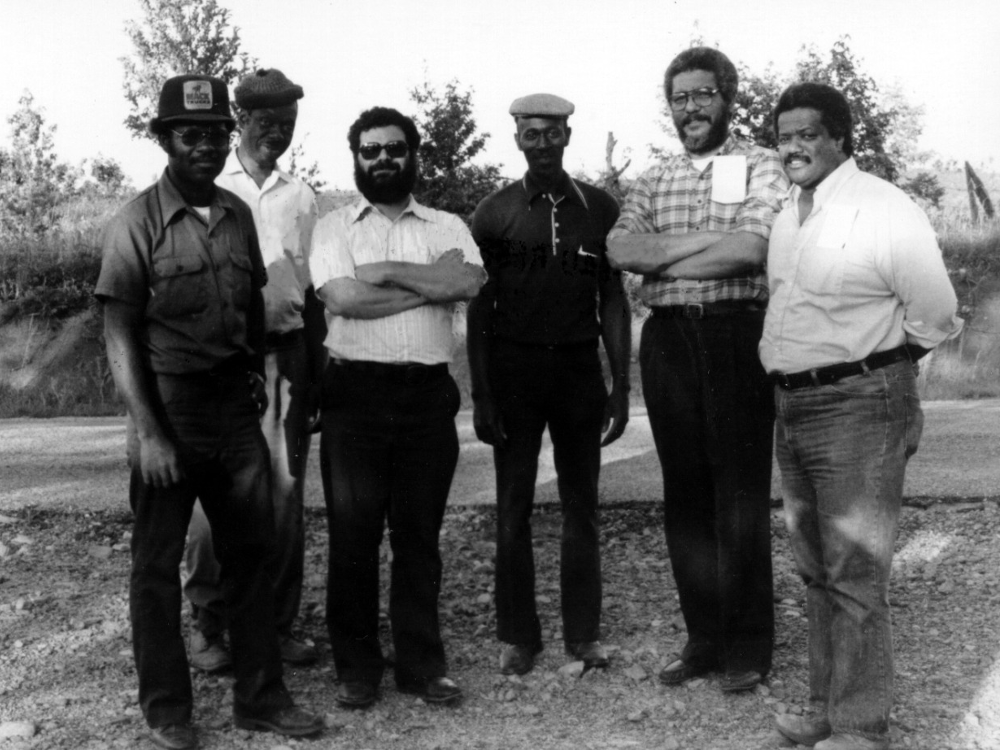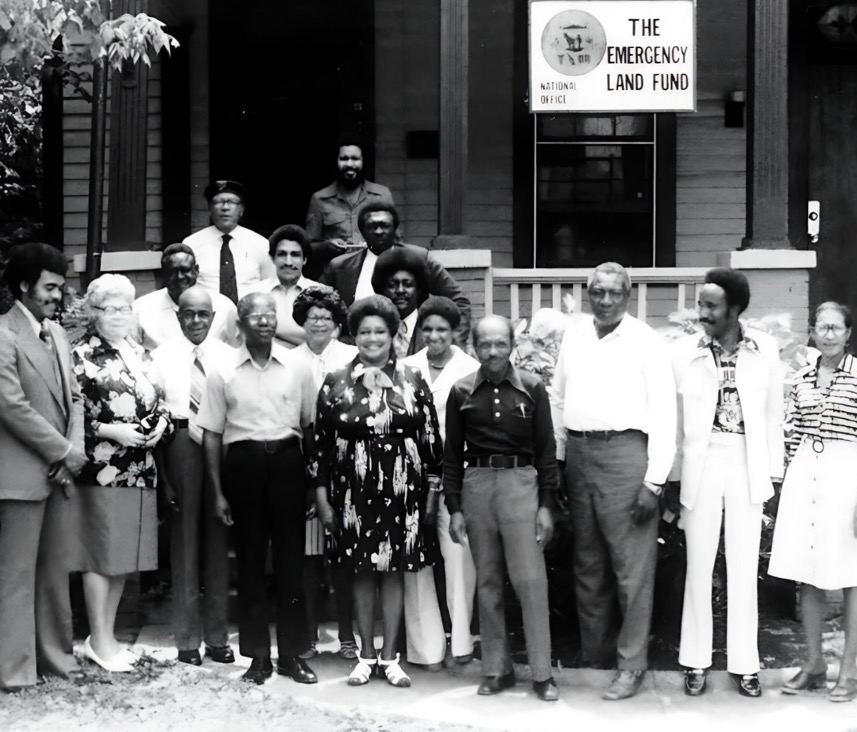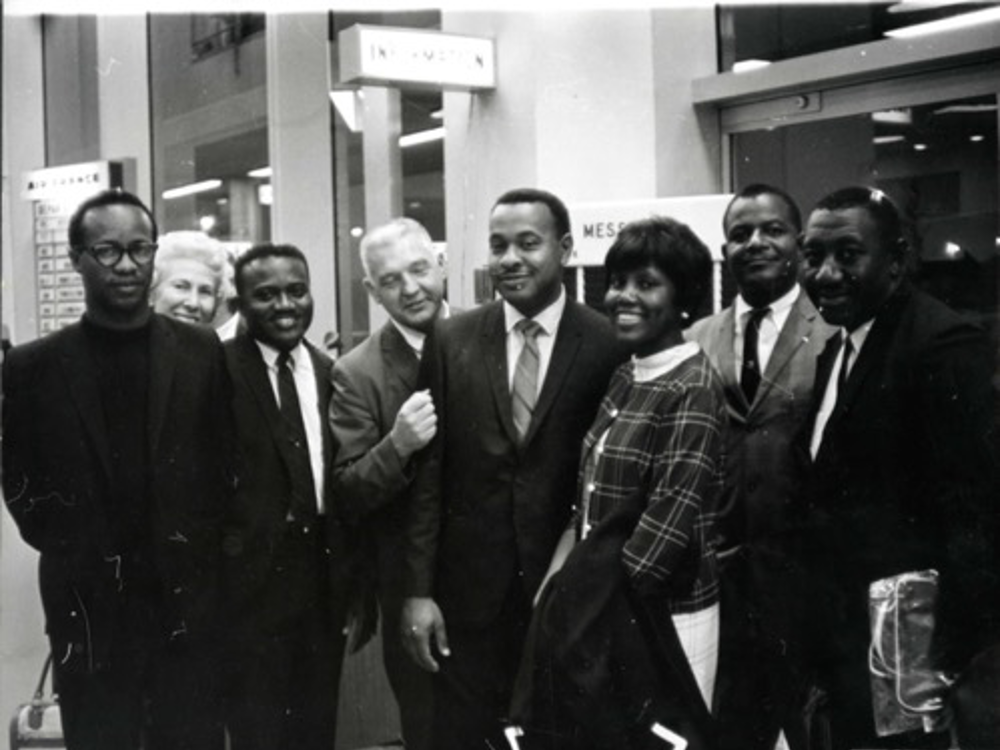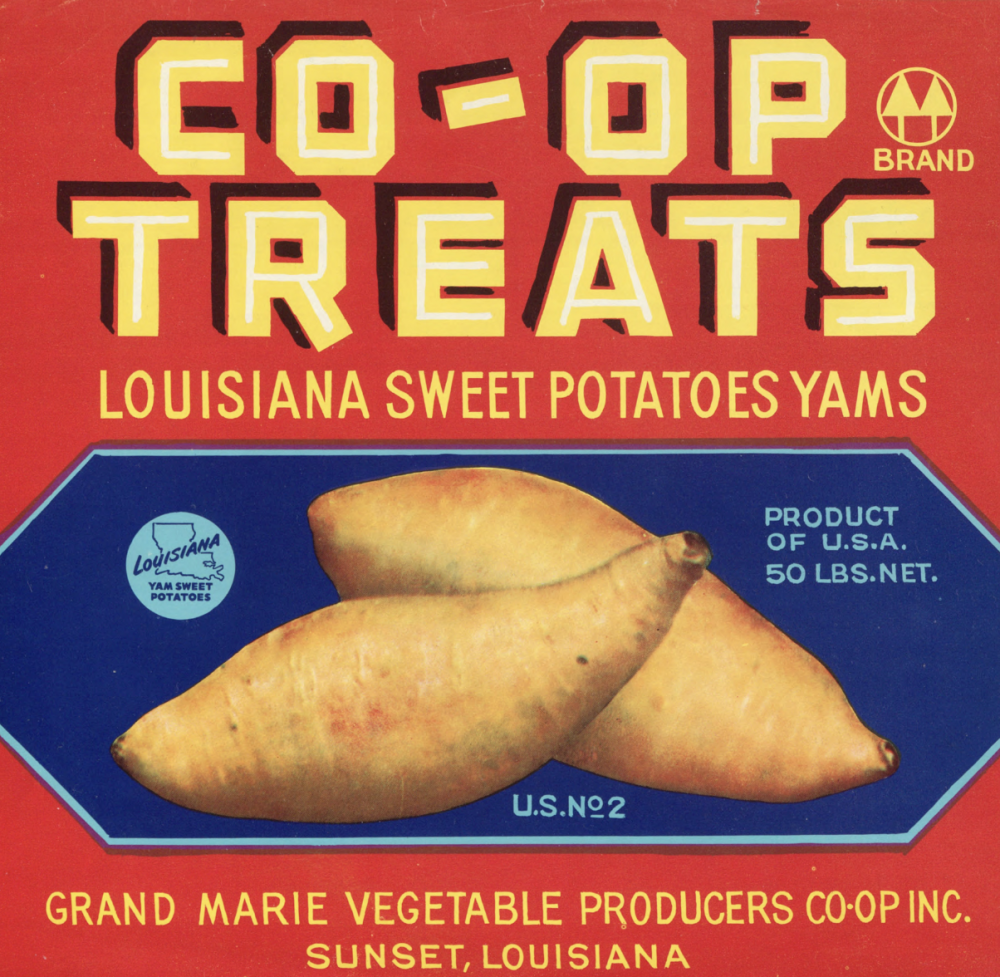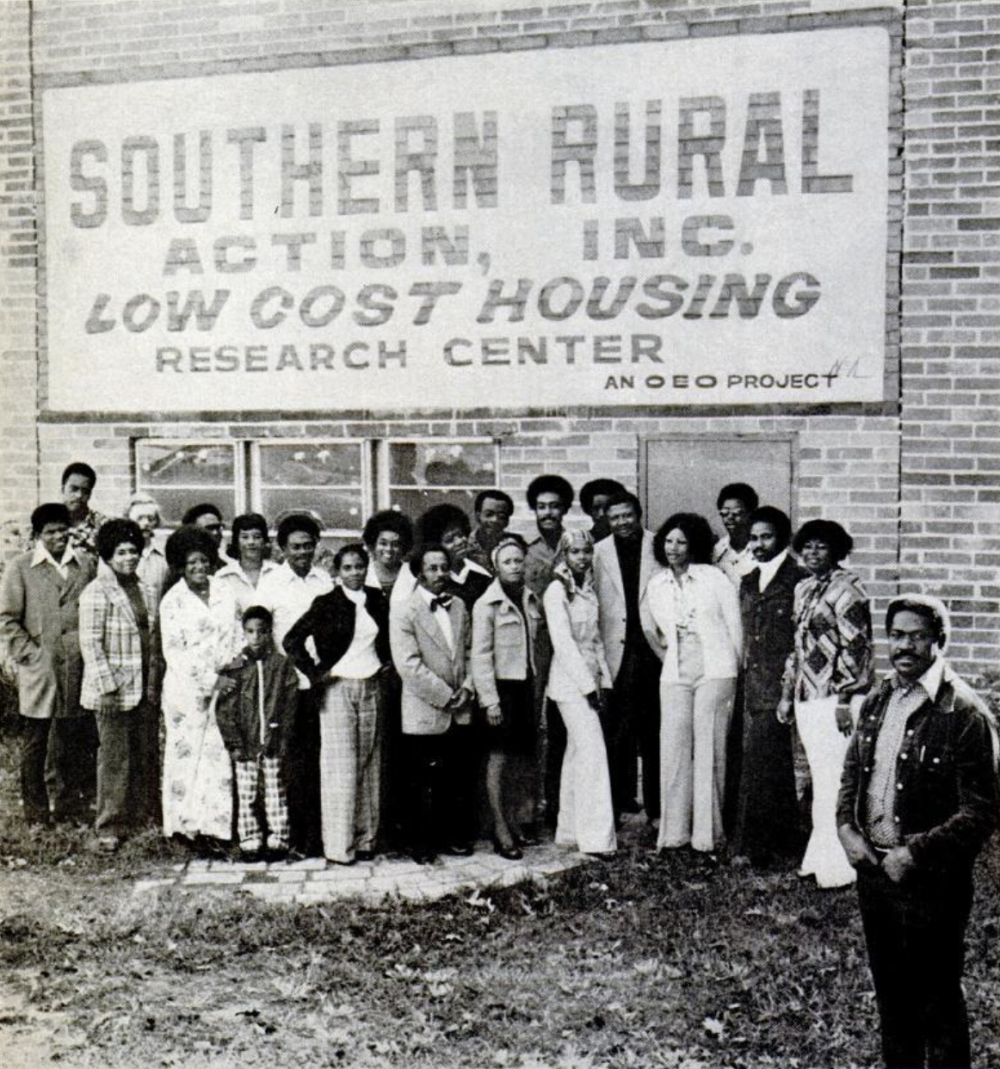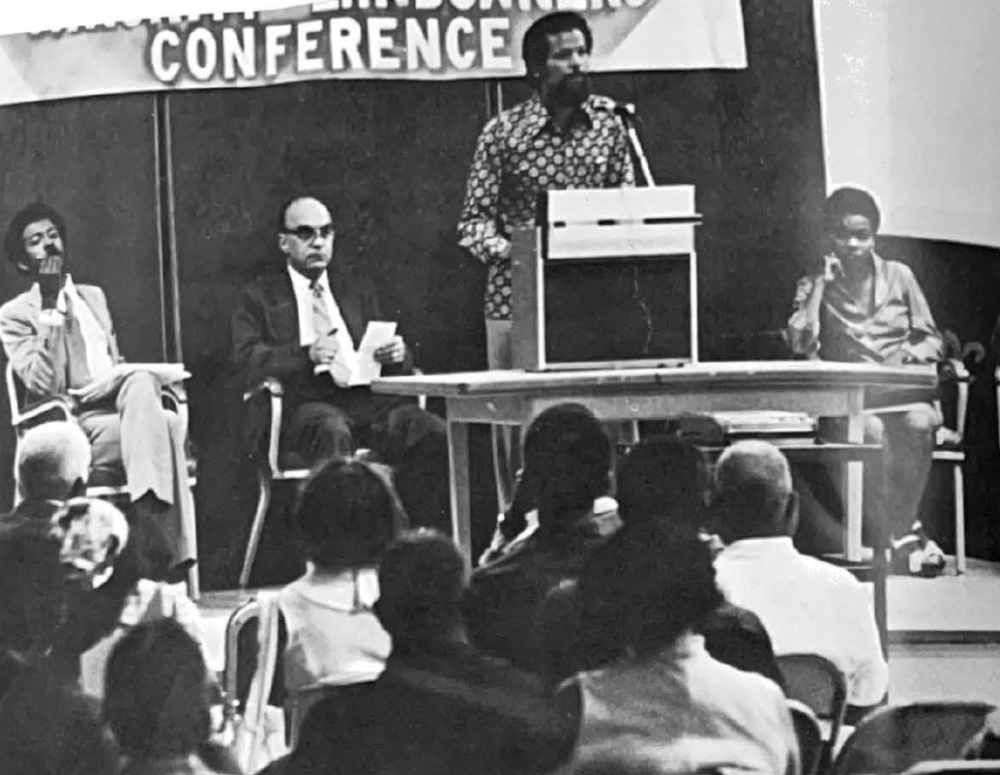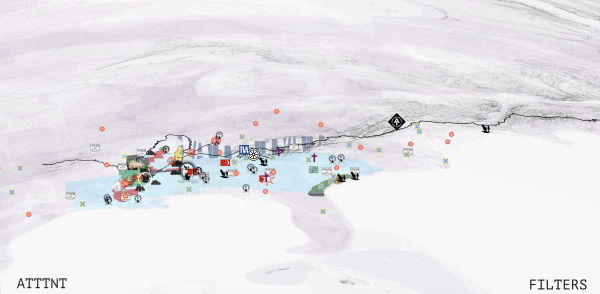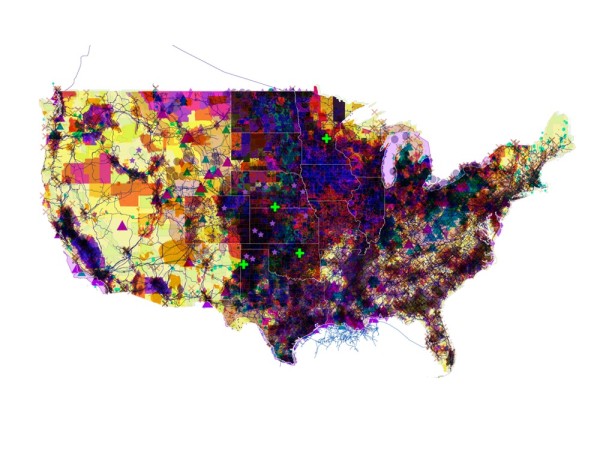Your Land
2025
The book project, Your Land, tells the story of land activism growing out of the Civil Rights Movement.
Black land ownership in the US dropped from 15 million acres in 1910 to 3 million acres in 1970. In the 1960s, some activists who traveled to the South to fight for civil rights remained to expose forms of land theft and support the Black economy by reviving existing traditions of mutualism and cooperation. Convening and reconvening in relays across the decades, the movement gravitated to places already weighted with these traditions in the Black Belt South—the crescent shape swath of fertile land stretching from Virginia to Texas where many Blacks settled after the Civil War. Activists developed special land-holding organs, multi-state cooperative networks, advocacies, and robust Black institutions to manage those resources.
Working against an undertow of white violence during a watershed period, the activists were unable to restore the massive amounts of land that had already been lost. Whites, no longer needing Black labor, needed instead to accelerate the process of taking Black land for the ballooning farms of industrial agri-business fueled by mechanization, insecticides, and USDA subsidies. The movement only requested the right to self-help—the right to work without theft, murder, discrimination, legal tricks, harassment, or other forms of violence. But these requests were often met with increased aggression and entrenchment as well as a refusal simply to lift impediments and get out of the way of Black economic successes.
When reconstructed, the work maps a scar across the US—a century of crimes beyond those of slavery. It exposes recurring strategies of Dixiecrats and Southern Republicans that Trump has only redeployed. It recalls Cold War and neoliberal turns that further tilted the economic playing fields in favor of the Global North just at a moment when the US South was linked to activist networks in the Global South. And the movement also returns focus to a juncture in the history of Black/white collaboration when Black activists challenged white activists to go beyond allyship and work against racism in their own white communities—a challenge as yet unfulfilled.
But, both recalling and foretelling, mapping these patterns of harm simultaneously also gives shape to reparations for the past and preparations for the future. The activist work stands as an existing special infrastructure possessing the superabundant values of land, community, and education—an infrastructure as worthy of public investment as infrastructures of concrete and conduit. It renews planetary political solidarities and models special forms of leadership with the capacity to address inequality, root causes of climate change, and emerging forms of authoritarian power. The work of these activists is a remarkable gift offering incalculable values to address an incalculable debt.
To convey this history of land activism, the book looks at 100 days between 1961 and the present—days filled with details of people and places that cumulatively build and deepen to occupy a place at the forefront of cultural memory. This diary of an idea makes the sounds of whiteness speaking to whiteness—the encounter encouraged but perennially avoided within its days.

